11 Reasons Why Interest in Physical Appearance Often Diminishes Over Time

Have you ever noticed how many older adults seem less concerned about their looks than they once were? This shift isn’t just your imagination—it’s a common pattern that happens for many reasons. As we age, our relationship with our appearance naturally evolves. The intense focus on looks that might consume our younger years often gives way to other priorities that bring deeper satisfaction.
1. Natural Aging Process
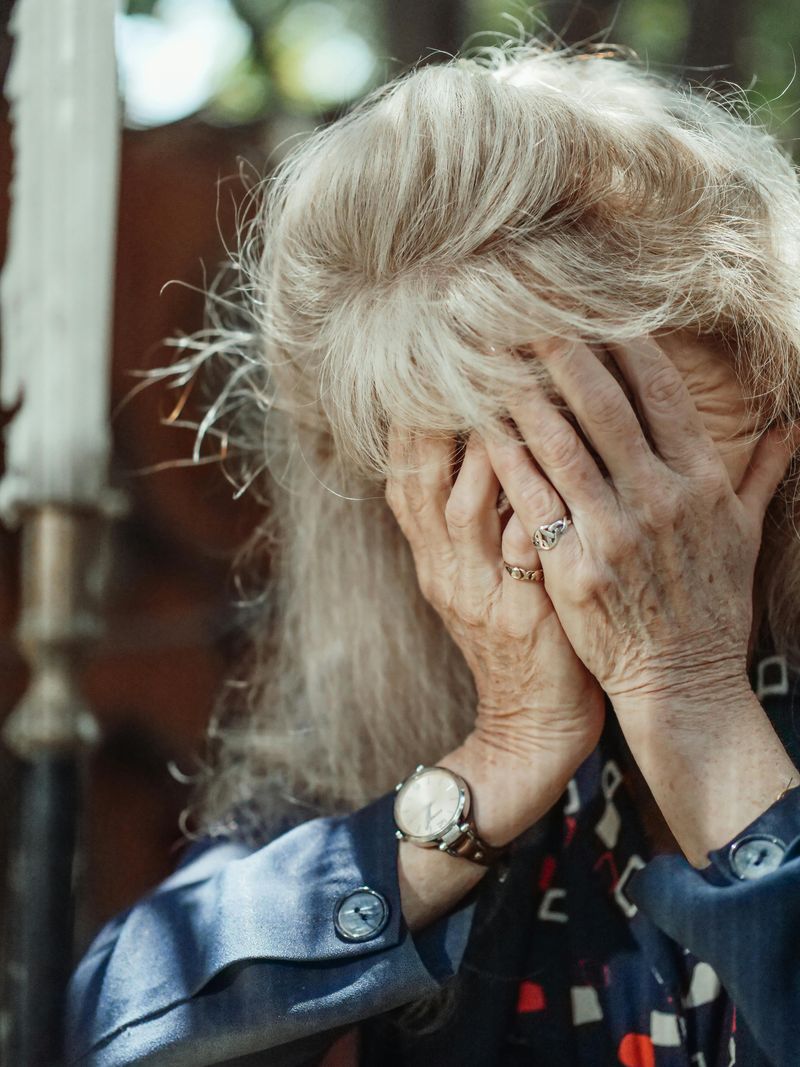
Gray hairs multiply. Wrinkles deepen. The mirror reflects changes that no cream can fully reverse. Many people reach a turning point where they realize fighting these natural processes feels like swimming against an increasingly powerful current.
Women and men alike often discover that maintaining the appearance standards of their youth requires more time, money, and effort with each passing year. The cost-benefit analysis simply shifts.
Rather than viewing this as giving up, many find it liberating to accept the natural progression of their appearance. There’s a certain peace in acknowledging that aging happens to everyone, regardless of social status or wealth.
2. Health Challenges
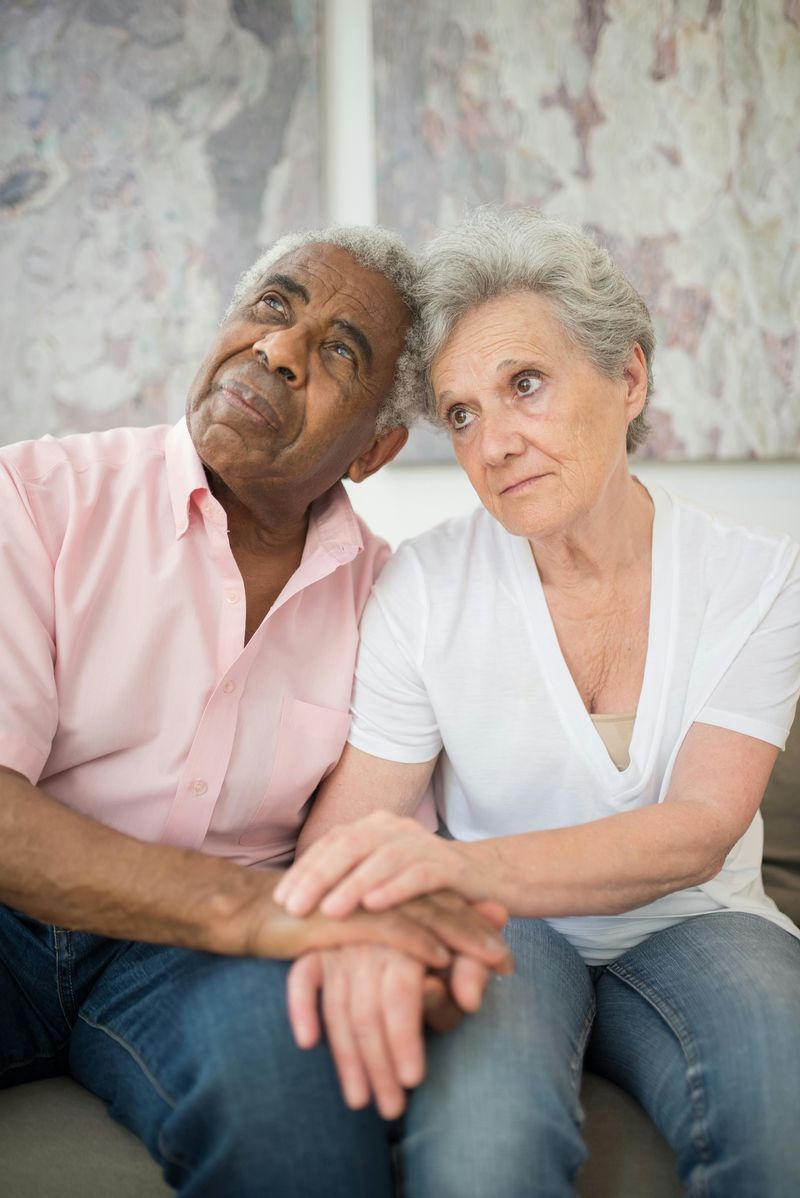
When arthritis makes buttoning a shirt painful or heart conditions limit exercise intensity, appearance concerns naturally take a backseat. Medical treatments like chemotherapy or medications with visible side effects force a reevaluation of priorities.
Chronic pain sufferers often redirect their limited energy toward basic functioning rather than elaborate grooming routines. The daily management of health conditions consumes time previously spent on appearance upkeep.
For many, this shift happens gradually—the morning styling routine shortened to accommodate doctor appointments, comfortable clothes replacing fashionable but restrictive options. Eventually, feeling good becomes more important than looking perfect according to arbitrary standards.
3. Hormonal Changes
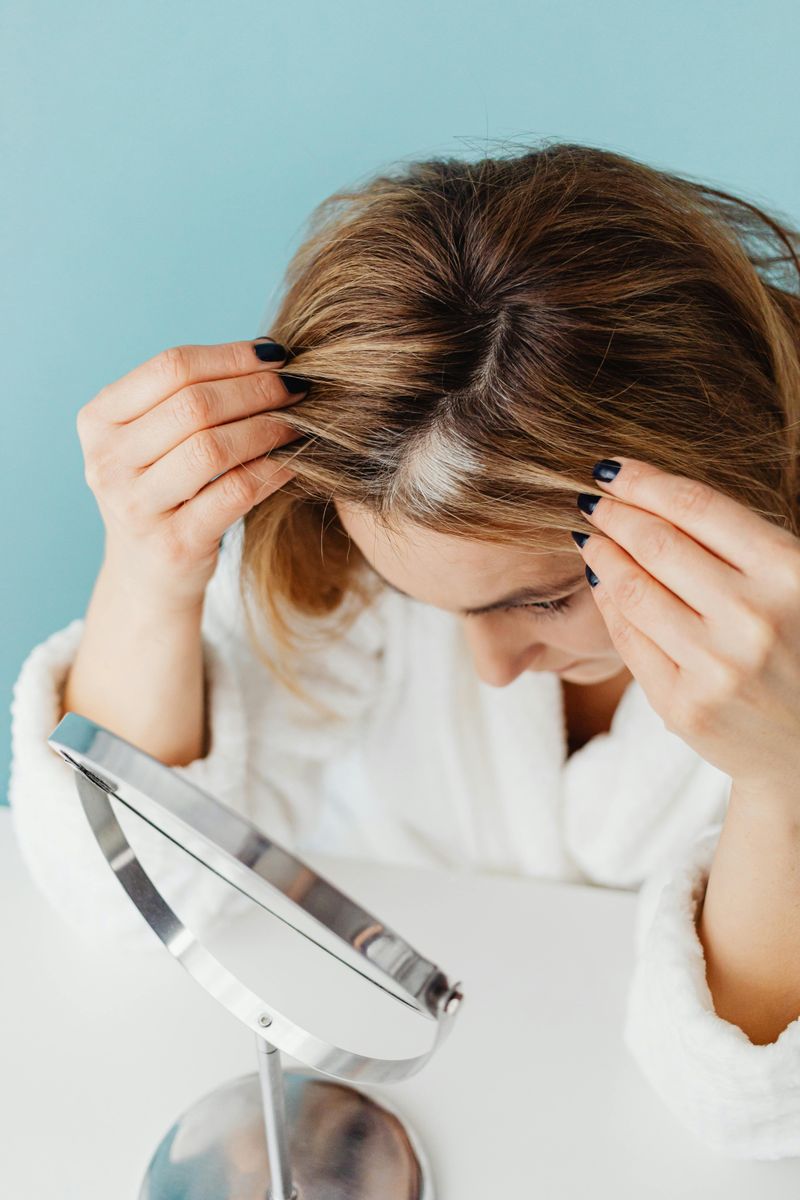
Menopause transforms women’s bodies in ways no skincare routine can prevent—thinning hair, drier skin, and changing fat distribution become realities. Similarly, men experiencing andropause notice muscle mass decreasing despite maintaining their workout routines.
These biological shifts can trigger a philosophical reckoning. Many people question why they should fight natural processes that are literally programmed into human DNA.
Hormonal fluctuations also affect energy levels and mood, making elaborate beauty routines feel burdensome rather than enjoyable. The mental calculus changes: spending an hour on appearance versus using that time for activities that bring genuine joy. For many, the choice becomes increasingly clear with each passing year.
4. Energy and Stamina Decline

Remember those nights you could stay up late and still look fresh the next morning? As we age, recovery takes longer, and energy reserves shrink like a slowly deflating balloon.
Many older adults face tough choices about allocating their limited energy. Standing at the closet deliberating between outfits or spending extra time on elaborate hairstyles might mean not having enough stamina for a walk with friends later.
Sleep becomes more precious, and morning routines often get streamlined to conserve energy for more meaningful activities. The calculus becomes simple: would you rather spend your limited energy on your appearance or on experiences that create memories? For many, the answer evolves over time.
5. Shifting Priorities
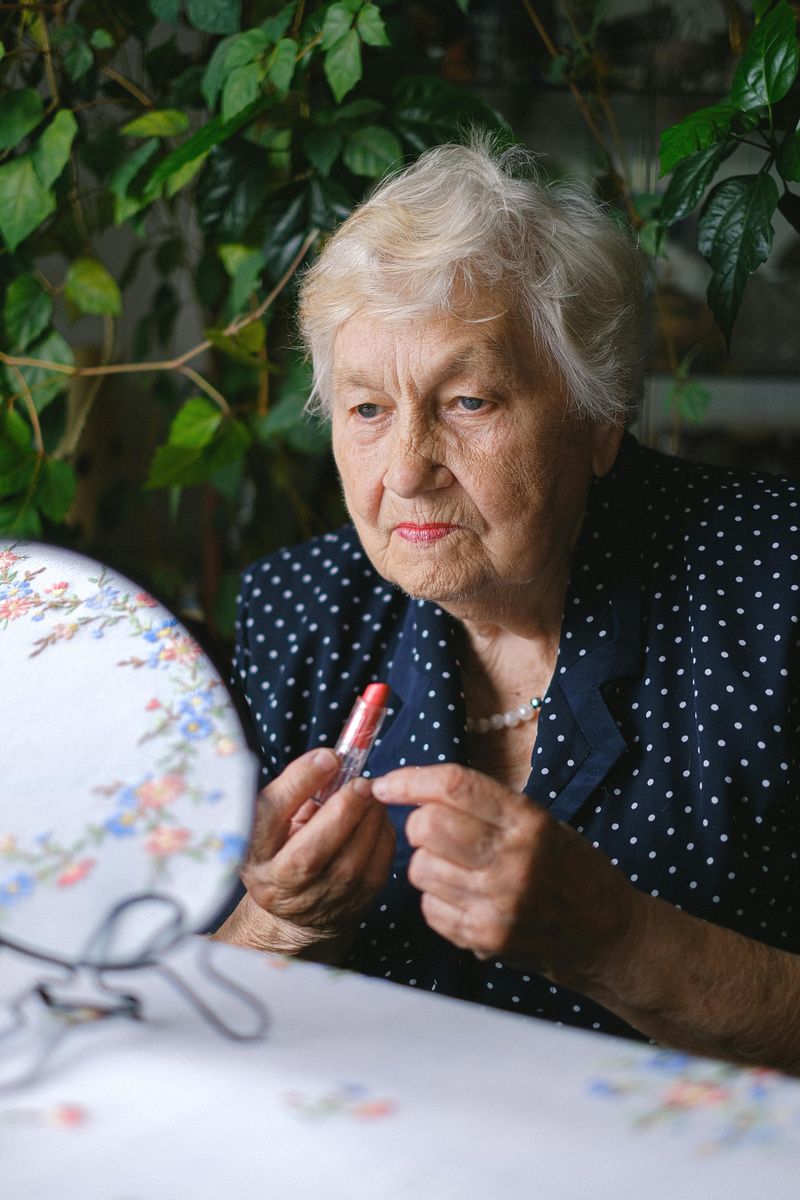
Youth often brings appearance obsession—the perfect outfit, flawless skin, ideal body shape. Then life happens. Career achievements, family connections, and personal growth gradually eclipse the importance of physical perfection.
Grandparents rarely fret about wrinkles when holding their grandchildren. Retirees pursuing passions they deferred for decades care less about gray hair than about making up for lost time.
Values evolution happens naturally as we accumulate life experience. The person who once spent hours perfecting their appearance might now invest that time in mentoring others, creating art, or nurturing relationships. This shift doesn’t happen overnight but emerges gradually as we discover what truly brings lasting fulfillment versus temporary validation.
6. Reduced Pressure From Societal Standards

Society bombards young people with impossible beauty standards through advertising, social media, and entertainment. The intensity of this spotlight gradually dims as people age, creating space for appearance liberation.
Many older adults report feeling increasingly invisible to mainstream media and marketers. While this invisibility brings challenges, it also offers freedom from constant evaluation against unrealistic ideals.
Workplace appearance pressures often ease after retirement or career establishment. Dating culture’s emphasis on physical perfection becomes less relevant for those in long-term relationships or those who’ve decided they prefer their own company. Without these external pressures, many discover their natural relationship with appearance—often one that prioritizes comfort and authenticity over trends.
7. Increased Self-Acceptance
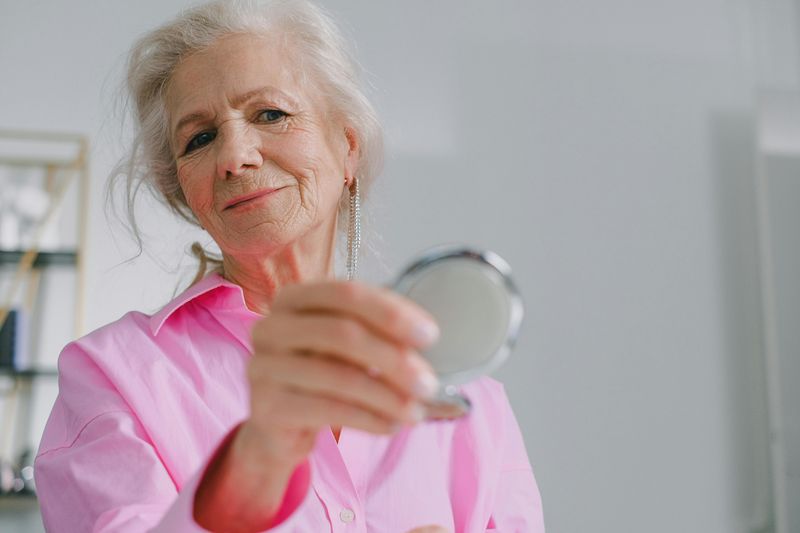
Youth brings harsh self-criticism—every pimple feels catastrophic, every fashion misstep mortifying. Decades later, these same concerns often seem laughably insignificant.
Life’s bigger challenges—career setbacks, health scares, relationship struggles—put appearance in perspective. Battle scars, both literal and figurative, become badges of honor rather than flaws to conceal.
Many people report a gradual internal shift from “How do I look to others?” to “How do I feel in my body?” This evolution toward self-acceptance doesn’t mean abandoning all grooming or style. Rather, it means making choices based on personal comfort and authentic self-expression instead of external validation. The freedom in this mindset shift brings unexpected joy to many in their later years.
8. Emotional Fatigue From Lifelong Appearance Pressure
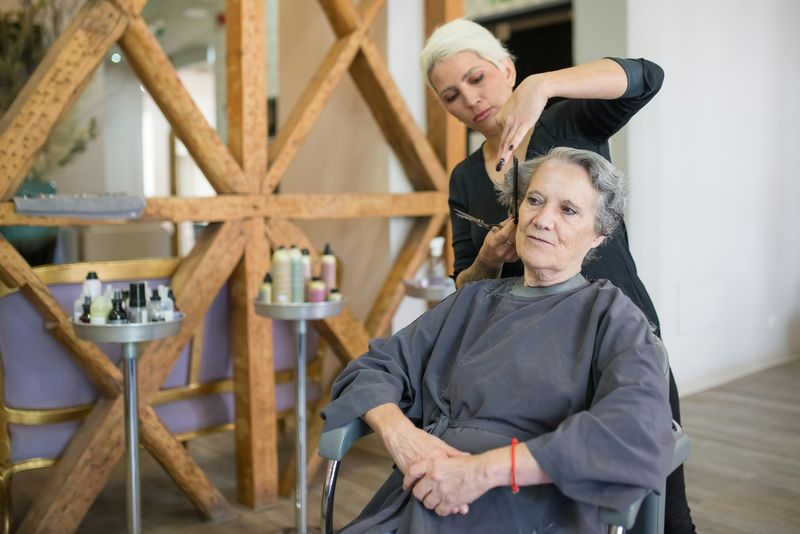
Imagine carrying a heavy backpack every day for decades. Eventually, you might ask: “What if I just put this down?” After years of calorie-counting, anti-aging regimens, and fashion keeping-up, many experience profound exhaustion.
Women who’ve spent thousands of hours applying makeup sometimes calculate the time investment and wonder what else they might have accomplished. Men who’ve endured uncomfortable clothes to appear professional question why comfort was sacrificed for arbitrary standards.
This appearance fatigue doesn’t happen overnight but accumulates gradually until a tipping point arrives. The relief of setting down this burden often feels revolutionary. Many describe it as finding their authentic selves after years of performance—a homecoming to the person they were always meant to be.
9. Changing Social Roles
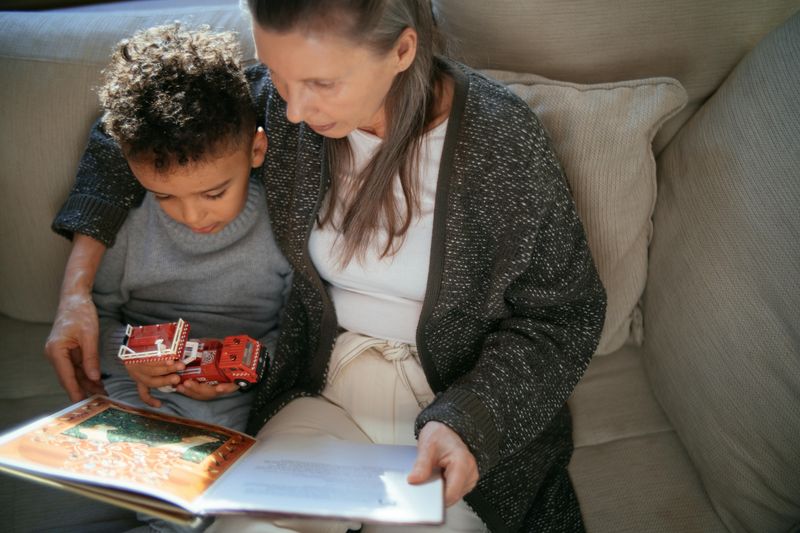
Becoming a grandparent changes everything. Suddenly, being the “cool” person with perfect style matters less than being the loving presence who creates memories with younger generations.
Retirement reshapes identity away from professional appearance requirements. The suit and tie or uncomfortable heels that signaled competence for decades become optional rather than mandatory.
For those no longer seeking romantic partners, the calculus of appearance investment fundamentally changes. The hours previously spent preparing for dates can be redirected toward hobbies, friendships, or personal growth. These role transitions don’t diminish the person—they often expand identity beyond physical appearance to encompass wisdom, experience, and relationship depth that younger people haven’t yet developed.
10. Financial Prioritization
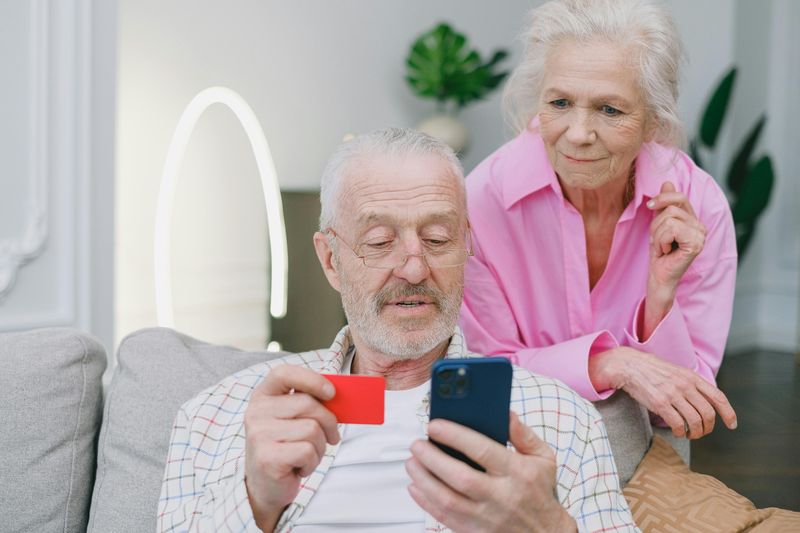
Hair coloring every six weeks adds up to thousands over decades. Premium skincare products, cosmetic procedures, and constantly updated wardrobes create significant financial burden.
Many older adults face fixed incomes that force hard choices. When deciding between medication and anti-aging creams, health naturally wins. Travel dreams, educational pursuits, or helping family members often take precedence over appearance investments.
Financial wisdom often comes with age. The question shifts from “How will I look?” to “What lasting value does this purchase create?” A $200 salon treatment might be reconsidered when that same amount could fund a class, a special meal with loved ones, or a contribution to a grandchild’s education. This reprioritization reflects maturity rather than neglect.
11. Cultural Attitudes Toward Aging
Some cultures celebrate age as bringing wisdom, respect, and elevated social status. In these societies, trying to appear younger might actually diminish rather than enhance one’s standing in the community.
Many indigenous traditions honor elders for their knowledge and experience rather than youthful appearance. Even in youth-obsessed Western cultures, counter-movements increasingly recognize the beauty in natural aging.
People who travel or explore diverse cultural perspectives often question their own culture’s appearance values. They might ask why white hair is considered distinguished for men but problematic for women, or why wrinkles that represent decades of emotional expressions are deemed undesirable. This cultural awakening often liberates people from appearance standards they previously accepted without question.

Comments
Loading…